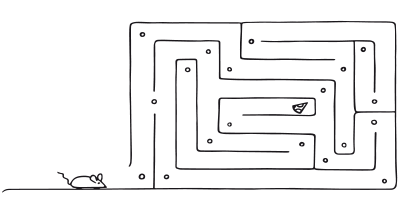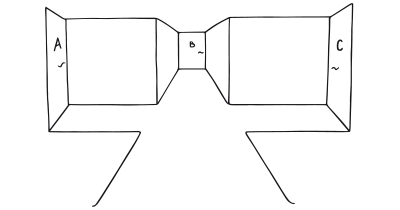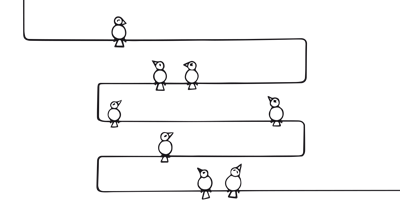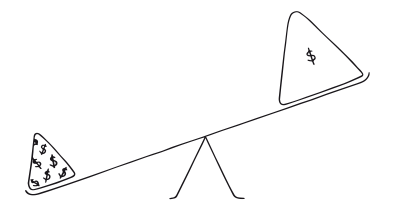


The Persuasive Patterns card decks is a collection of design tactics from product psychology, presented in a manner easily referenced and used as a brainstorming tool.
Get your deck!
Persuasive Technique
Commitment & ConsistencyWe want to appear consistent with our stated beliefs and prior actions

Psychological Effect
Curiosity EffectWe crave more when teased with a small bit of interesting information

Persuasive Technique
DelightersWe remember and respond favorably to new, unexpected, and playful pleasures

Cognitive Bias
Halo EffectWe let impressions created in one area influence opinions in another area

Psychological Effect
Humor EffectInformation presented with humor is more likely to motivate and be remembered

Persuasive Technique
KairosCommunicate to users in situations that are the opportune moments for change

Cognitive Bias
Need for ClosureWe have a desire for definite cognitive closure as opposed to enduring ambiguity

Cognitive Bias
Optimism BiasWe consistently overstate expected success and downplay expected failure

Psychological Effect
Priming EffectDecisions are unconsciously shaped by what we have recently experienced

Psychological Effect
Serial Positioning EffectWe remember the first and last items in a list better

Cognitive Bias
Status-Quo BiasWe prefer the current state instead of comparing actual benefits to actual costs

Persuasive Technique
StatusWe constantly look to how our actions improve or impair how others see us

Persuasive Technique
TailoringAdapt the offerings of a system to match individual users- needs and abilities

Cognitive Bias
Value AttributionThe perceived value of things increases with their cost and appearance
Leveraging emotional stimuli to drive desired actions, the Influence behavior change strategy is frequently used appraoch.
Whether it’s encouraging engagement, prompting purchases, or fostering loyalty, the Influence strategy plays a vital role in shaping user interactions with products and services. Rooted in psychological theories such as affective forecasting and emotional contagion, this strategy taps into the inherent link between emotions and decision-making processes.
Designers employ Influence when seeking to evoke emotions like excitement, urgency, or fear of missing out, thereby nudging users towards desired actions. With its foundation in emotion-driven behavior, Influence proves instrumental in driving user engagement and achieving product objectives.
The Persuasive Patterns card decks is a collection of design tactics from product psychology, presented in a manner easily referenced and used as a brainstorming tool.
Get your deck!